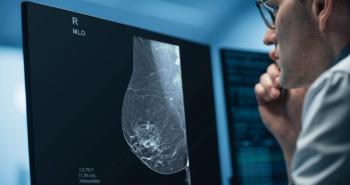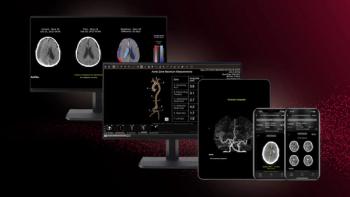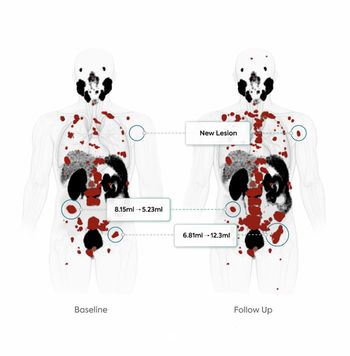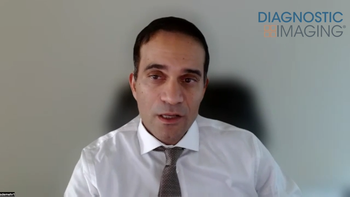
Siemens emphasizes patient comfort with release of new gamma camera
Recliner soothes patients, promotes image qualityProgress is usually associated with high technology. Smaller, faster, cheaper ways to capture and convey data have paved the way to the digital age of modern computing and video
Recliner soothes patients, promotes image quality
Progress is usually associated with high technology. Smaller, faster, cheaper ways to capture and convey data have paved the way to the digital age of modern computing and video entertainment. But medicine involves more than information. The designers of Siemens Medical Solutions' new c.cam recognized that.
The gamma camera, which is dedicated to cardiology, is distinguished not through its electronics but through the mechanics of handling patients. Siemens has swapped the hard, flat patient table found on virtually all other gamma cameras for a chair.
The chair descends to load the patient, its two-component design allowing easy access and individualized support for the upper body and legs. It then reclines to a 20 degrees angle, which Siemens engineers have determined is optimal for scanning, and rises to a height suited to the fixed 90 degrees dual-head detectors, each measuring 37 x 21.4 cm. The chair, which can hold patients weighing up to 400 pounds, has a notch cut in the side of the upper half to allow the detector to get as close as possible to the chest.
In a study performed by the Page-Campbell Cardiology Group in Nashville, patients reported being more comfortable in the c.cam chair than on a conventional table. The ability to increase patient comfort may serve as a marketing tool for practitioners. More important, it may promote more accurate diagnoses.
Comfortable patients are less likely to move during a study, physicians agree. Because motion may induce image artifacts and even lead to miscalculations in attenuation, a comfortable patient is more likely to render better, more accurate images.
The new product, released in mid-September and now shipping routinely, includes advanced technologies from the company's other nuclear medicine product line, the e.cam. These include hardware, such as materials and electronics devised for the detectors, as well as Siemens' nuclear medicine software, e.soft.
The company is focusing sales efforts on private cardiology practices, imaging clinics, and hospitals that have tight budgets or are pressed for space. Other opportunities include placement in emergency rooms or chest pain centers, according to Markus Lusser, vice president worldwide sales and marketing for Siemens Nuclear Medicine Group.
The new product's footprint is just 8 x 8 feet, and it costs $245,000-about $75,000 less than a conventional system. Breakeven occurs at a throughput of fewer than two patients per day.
The custom-designed chair comes in four different colors-yellow, white, red, or blue. The colors allow the equipment to fit better into the decor of an imaging suite, Lusser said.
"Outpatient nuclear cardiology offices are looking more like living rooms," Lusser said. "Add c.cam and patients can feel like they are reclining in a chair at home."
Newsletter
Stay at the forefront of radiology with the Diagnostic Imaging newsletter, delivering the latest news, clinical insights, and imaging advancements for today’s radiologists.




























